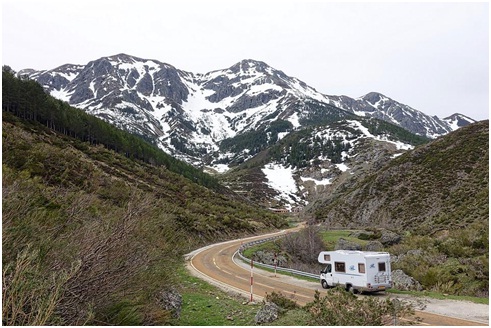In 2014, substantial demand was integral to pushing the value of certain classic vehicles up an astonishing 500%. The measure was taken with 2014 as the end of a decade. Some factors which have increased the value of such vehicles include the internet, the economy, and changing social trends.
With the internet, it’s very easy to check on the veracity of claims surrounding a particular vehicle. This ends up making it much less difficult to ensure an investment is sound. Because of the economy, people are beginning to actively diversify their investment portfolio—the housing crisis in America has had no small amount of responsibility for this.
Both of these things have resulted in a change in social trends that has a tumultuous nature to it. Since home values are so uncertain, there has been a statistical increase in living arrangements of the mobile variety. It’s the new American dream. But whether you’re buying a vehicle as a means of secure investment, or to live from, there are several things you should keep in mind before your purchase.
You Can’t Just Buy Any Old Vehicle
With classic cars, you’re looking for something that’s very rare. This means hunting through the Year, Make, and Model of certain vehicles to determine which are the most valuable. Porsche and Ferrari didn’t manufacture a ubiquity of classic cars, making ones in good condition—and well-maintained—exceptionally valuable.
When it comes to vans, motorhomes, RVs, and campers, other considerations come into play. Look at mileage, and be sure to get one with a good engine. Bodywork is less integral than engine functionality. Believe it or not, you can get a good RV for under $10k—including initial repairs, insurance, damages, initial transportation, and interior decorating. Just look at this San Francisco-area selection on Craigslist.
For under $2000 you can get a pretty decent RV/Motorhome. If you gradually spend $8000 fixing it up over the next year, the likelihood is you’ll actually save on what you would have paid for rent anyway. $500 a month in rent is $6,000 in a year. You can do a lot to a $2,000 used RV with $4,000.
Protecting Your Investment
If you really want to cut down your living expenses while protecting your investment, you might look into a prefab garage. Says American Steel Span, “…leaving your investments exposed to the elements and available to anyone driving past your home is certainly not the best option.”
If you’ve purchased a classic Ferrari and were parking it in an urban area on the remains of a lawn in front of your house, putting a half-moon prefab garage over the top can protect it from the elements. This is certainly less costly than renting space in a garage somewhere.
Likewise, a prefab structure like this on a tiny plot of land can act as a home-base for your RV, likely giving you a better property value (investment-wise) than most houses. You don’t have to stick with garage prefabs, either; there are also many affordable—and effective—prefabricated steel buildings. You can commission one twice the size of your RV and outfit it how you wish—though to be sure, you should check local building/living restrictions first.
A Brave New World
Modern cars have been designed with computerized components that last longer, but are insanely complicated and expensive to fix. Modern RVs are tens of thousands of dollars. Whether you’re looking to own your own tiny, mobile home, or a hot classic car, it makes a lot of sense to ensure safe storage as best you can.






